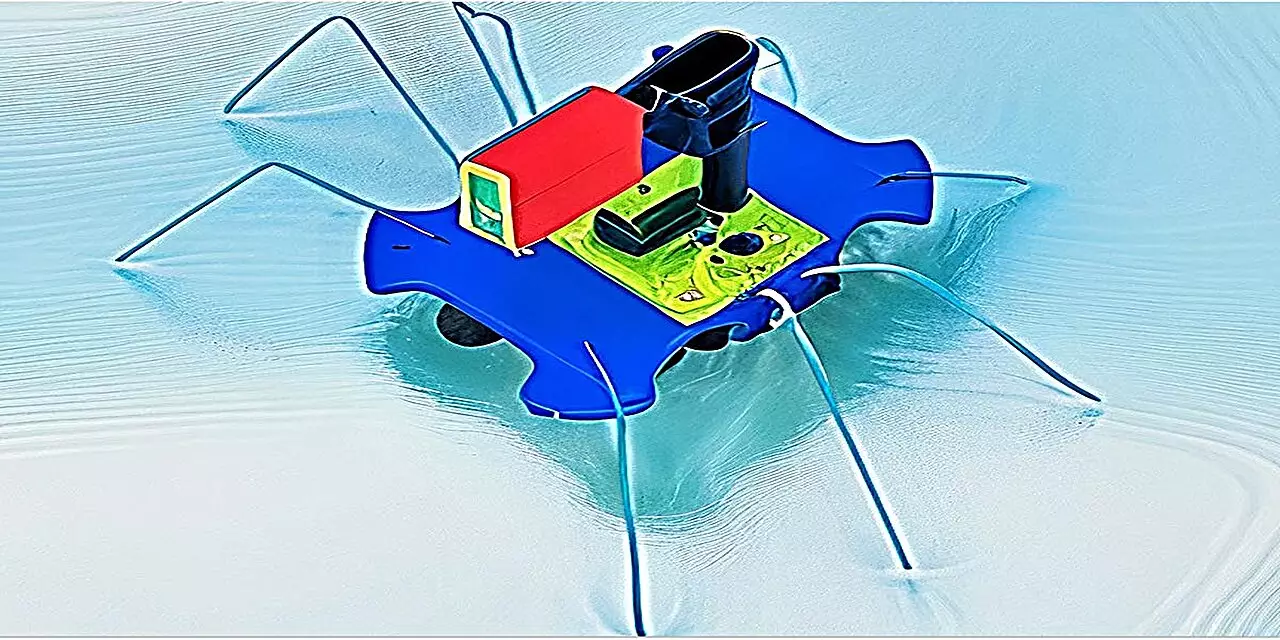Researchers at Binghamton University, State University of New York, have made significant strides in developing a self-powered aquatic robot that has the potential to revolutionize the field of aquatic robotics. This new technology, referred to as a “bug,” can skim across the water surface and is designed to address the critical environmental and logistical challenges posed by aquatic environments.
The U.S. Defense Advanced Research Projects Agency (DARPA) has initiated the Ocean of Things program to explore the integration of autonomous nodes into aquatic environments. With 71% of the Earth’s surface covered by water, the development of autonomous aquatic robots is crucial for collecting and transmitting data without human involvement.
Led by Professor Seokheun “Sean” Choi, along with Anwar Elhadad, Ph.D., and Ph.D. student Yang “Lexi” Gao, the research team at Binghamton University has successfully created a self-powered bug using innovative technology. These aquatic robots rely on bacteria-powered biobatteries, which have the potential for a 100-year shelf life.
The self-powered bug utilizes a Janus interface, with one side hydrophilic and the other hydrophobic, to allow for the intake of nutrients from the water and retain them within the device to fuel bacterial spore production. This technology enables the bacteria to generate power when environmental conditions are favorable and revert to spores in adverse conditions, ensuring an extended operational life for the robot.
The research conducted by the Binghamton University team has demonstrated power generation of close to 1 milliwatt, which is adequate to power the robot’s mechanical movement and sensors for collecting environmental data. These sensors can monitor water temperature, pollution levels, vessel and aircraft movements, as well as aquatic animal behaviors, providing valuable insights for various applications.
Moving forward, the team aims to explore the use of different bacteria strains to enhance energy production in challenging ocean conditions. While common bacterial cells have been utilized in the current technology, further research is needed to identify the most suitable bacteria present in ocean environments. Additionally, the combination of multiple bacterial cells has shown promise in improving sustainability and power generation, opening up new possibilities for future advancements in aquatic robotics.
The development of self-powered aquatic robots represents a significant step towards enhancing data collection and monitoring capabilities in aquatic environments. By harnessing the power of bacteria-powered biobatteries, researchers are paving the way for a more sustainable and efficient approach to aquatic robotics. With ongoing advancements and research in this field, the future holds great potential for innovative solutions in aquatic robotics.


Leave a Reply